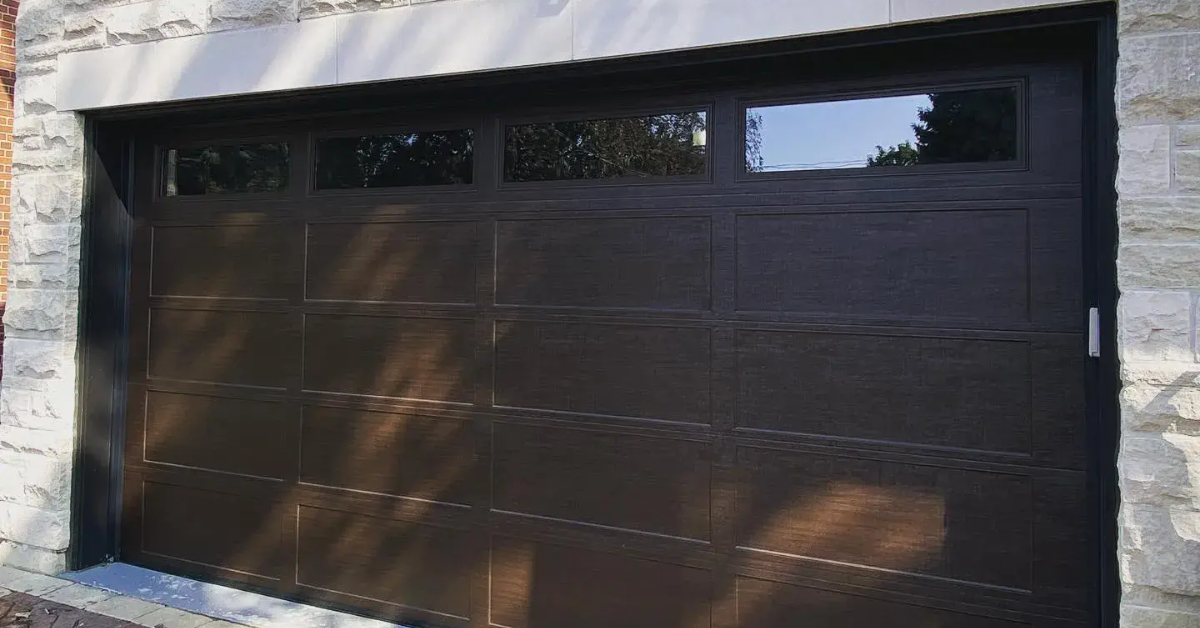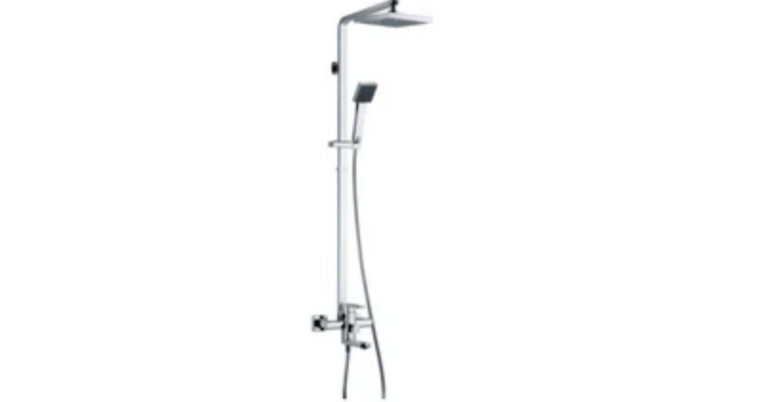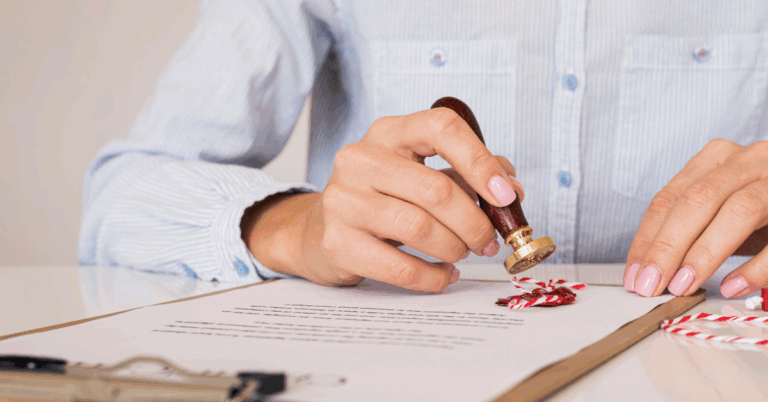Garage Door Emergency Repairs: Why You Can’t Afford to Wait
A malfunctioning garage door isn’t merely a nuisance it can spiral into a full-blown emergency at any moment. Whether your garage door suddenly becomes stuck halfway, the opener quits working without warning, or a spring snaps in the dead of night, these are situations that demand Garage Door Emergency Repairs immediately. When that happens, you don’t have the luxury of waiting for regular business hours you need prompt, professional assistance to restore security, safety, and convenience.
The Nature of Emergency Garage Door Repairs
Not all garage door problems qualify as emergencies. But the ones that do often pose serious risks: personal injury, property damage, security vulnerability, or becoming stranded with no way in or out. Some common scenarios include:
-
Broken springs or cables — These bear intense tension. If one fails, a door panel can slam shut forcefully or collapse altogether.
-
Track derailment or severe misalignment — The door might jam, grind, or tilt dangerously.
-
Door stuck in open or closed position — You can’t protect your home, or you can’t access your vehicle.
-
Opener or motor failure — Remotes, wall switches, or keypads suddenly stop functioning.
-
Broken panels, hinges, or rollers — Structural damage makes the door unstable or noisy, and may worsen quickly.
-
Lockouts or security breaches — If the door won’t latch or close properly, intruders, pests, or weather can invade your garage.
When you’re facing one of these, postponing repair is risky: what starts as a minor fault might cascade into a more serious structural issue, or worse, a safety hazard.
Why Immediate Response Matters
1. Safety First
A garage door under stress or misalignment could collapse or throw parts outward. A broken torsion spring, for example, is under huge tension; if it snaps, the parts can become dangerous projectiles.
2. Protection & Security
A door that won’t close leaves your home vulnerable. It’s an invitation for opportunistic break-ins or animal intrusions not to mention damage from storms, rain, or hail.
3. Preventing Further Damage
What looks like a minor misalignment might be affecting rollers, tracks, hinges, or the opener system. The longer the door operates in that state, the more wear, and the higher the repair costs.
4. Peace of Mind & Convenience
Your garage is often a critical access point. When it fails at an inconvenient hour early morning, late night, weekend you want confidence that help is available right away.
What Happens During a Professional Emergency Repair Call?
When you request a 24/7 garage door emergency repair, here’s typically what unfolds:
-
Immediate Response — A live person answers your call (no phone menus or dead ends).
-
Rapid Dispatch — A technician is sent to your location, often within an hour depending on your area.
-
Initial Assessment — The tech examines the door, opener, springs, tracks, and hardware to diagnose the issue.
-
Transparent Explanation & Pricing — You’ll be told precisely what’s wrong, the parts needed, and the cost, before any work begins.
-
On-Site Repairs (When Possible) — The service vehicle is stocked with common parts: cables, springs, rollers, hinges, sensors, and more. If the needed parts are on hand, the technician completes the work immediately.
-
Temporary Safety Measures — If the full repair isn’t feasible immediately (e.g. custom parts or structural repairs are needed), the tech will make a safe, temporary fix to secure the door and restore basic function.
-
Final Testing & Quality Check — The repaired door undergoes a full safety and performance test before the technician departs.
A professional approach ensures that all potential flaws are identified and addressed not just the apparent symptom.
Common Emergency Repairs & What They Entail
Let’s break down some frequent issues and how they’re remedied:
| Issue | Symptoms | Likely Fix | Complexity / Notes |
|---|---|---|---|
| Broken torsion or extension spring | Loud bang, door slams, door won’t lift | Replace spring (often in matched pairs) | Requires skill, safety gear; must be spot-on tension |
| Frayed or snapped cable | Door tilts to one side, cables look damaged | Replace cable, realign drums | Must balance both sides carefully |
| Track misalignment or bend | Door jams, grinds, bumps | Bend back track, reinforce, re-align rollers | Requires precise leveling |
| Roller / hinge failure | Grinding noises, jerky motion, stuck spots | Replace rollers or hinges | Upgrading to quieter, maintenance-free rollers is common |
| Opener or motor failure | Remotes or wall switch unresponsive | Diagnose electrical issues, replace motor, sensors | May require wiring or control board work |
| Panel damage or warping | Visible dents, cracks, warps | Replace panel(s) or reinforce | Matching materials/colors may be a challenge |
| Sensor or safety mechanism fault | Door reverses unexpectedly or won’t close fully | Realign or replace sensors, adjust wiring | Critical for code compliance and safety |
| Lock or security latch problem | Door won’t latch, lock mechanism broken | Replace locks, adjust strike plates, rekey | Ensures secure closure of the door |
Because the door system is interdependent, technicians often inspect adjacent parts for wear when doing an emergency repair. It’s not uncommon to find a weakened spring, an aging cable, or slightly bent track sections that would fail soon if unchecked.
When Full Repair Isn’t Immediately Feasible
There are times when a full, permanent repair can’t be completed on the spot:
-
You own an older door for which parts must be custom-ordered.
-
Structural damage (frame, header) needs additional reinforcement.
-
You have a rare or specialty door model with limited parts availability.
In such cases, technicians will perform a safe, temporary fix enough to stabilize the door and prevent further damage or injury.
Then, they’ll schedule and complete the permanent repair within a short window (1–2 days is common). Meanwhile, your door is secured and usable.
Preventing Future Emergencies: Maintenance & Early Warning Signs
While no homeowner wants to deal with urgent breakdowns, many emergencies are preventable with regular attention. Here are recommended practices:
1. Annual Tune-Up
Have a qualified technician inspect your system once a year. They’ll adjust spring tension, lubricate rollers and hinges, align tracks, and test safety features.
2. Listen for Warning Noises
Grinding, scraping, squeaking, or a “thumping” sound are early red flags. Don’t ignore them.
3. Watch Movement & Balance
If the door moves unevenly, hesitates, or tilts, it’s a sign of alignment or balance problems.
4. Test Auto-Reverse Mechanism
Place a board or block in the door’s path; the door should stop and reverse when it detects the obstruction.
5. Keep Tracks, Rollers & Hinges Clear
Dirt, debris, rust, or build-up can cause friction, misalignments, and jams.
6. Monitor Remote & Sensor Performance
If remotes are slow, have dead zones, or sensors misread, address them before they fail completely.
7. Replace Worn Components Before They Fail
Springs, cables, rollers, and weather seals have finite lifespans. Proactive replacement can avert emergencies.
By staying vigilant and scheduling routine service, you reduce the chances of needing emergency repairs and prolong the life of your garage door system.
Choosing a Reliable Emergency Repair Service
Not all repair services are created equal. When your garage door fails unexpectedly, these are the qualities you want in an emergency garage door repairs provider:
-
24/7 Availability — Doors break at odd hours; you need support anytime.
-
Quick Response Time — The faster the technician arrives, the less damage and disruption.
-
Skilled, Certified Technicians — Proper training ensures safety and correct diagnosis.
-
Fully Stocked Service Vehicles — To fix most issues on the spot.
-
Transparent Pricing — Clear, upfront estimates with no hidden fees.
-
Strong Reputation & References — Past customer reviews are a good indicator.
-
Warranty on Repairs & Parts — Assurance that the work is backed.
In a distress situation, choosing someone who checks all these boxes can make all the difference between a quick fix and an expensive, drawn-out ordeal.
Real-World Example: A Nighttime Spring Failure
Imagine this scenario: It’s midnight, and you return home only to find the garage door stuck halfway. You hear a loud snap earlier, but assumed it was nothing. Now, the door won’t budge, and the car is trapped inside. You call an emergency garage door repair service. Within 45 minutes, a technician arrives, confirms a broken torsion spring, replaces the spring pair, calibrates tension, checks cables, and runs a full diagnostics test. Within an hour, your garage door is fully operational again no resorting to manual lifts or makeshift fixes.
Situations like this show how essential it is to have a trusted emergency repair option available exactly when you need it.
Conclusion: Don’t Let a Garage Door Failure Derail Your Day
There’s never a convenient time for your garage door to break down. But when it does, it’s not just the inconvenience there’s a real risk to safety, security, and your daily routine. That’s why garage door emergency repairs are indispensable: they restore function, protect your property, and often prevent further damage.
If you ever face a sudden failure spring snap, motor death, misalignment, or lockout don’t wait. Reach out to a qualified, 24/7 emergency repair service that will respond swiftly, diagnose accurately, and get your door working again reliably.







